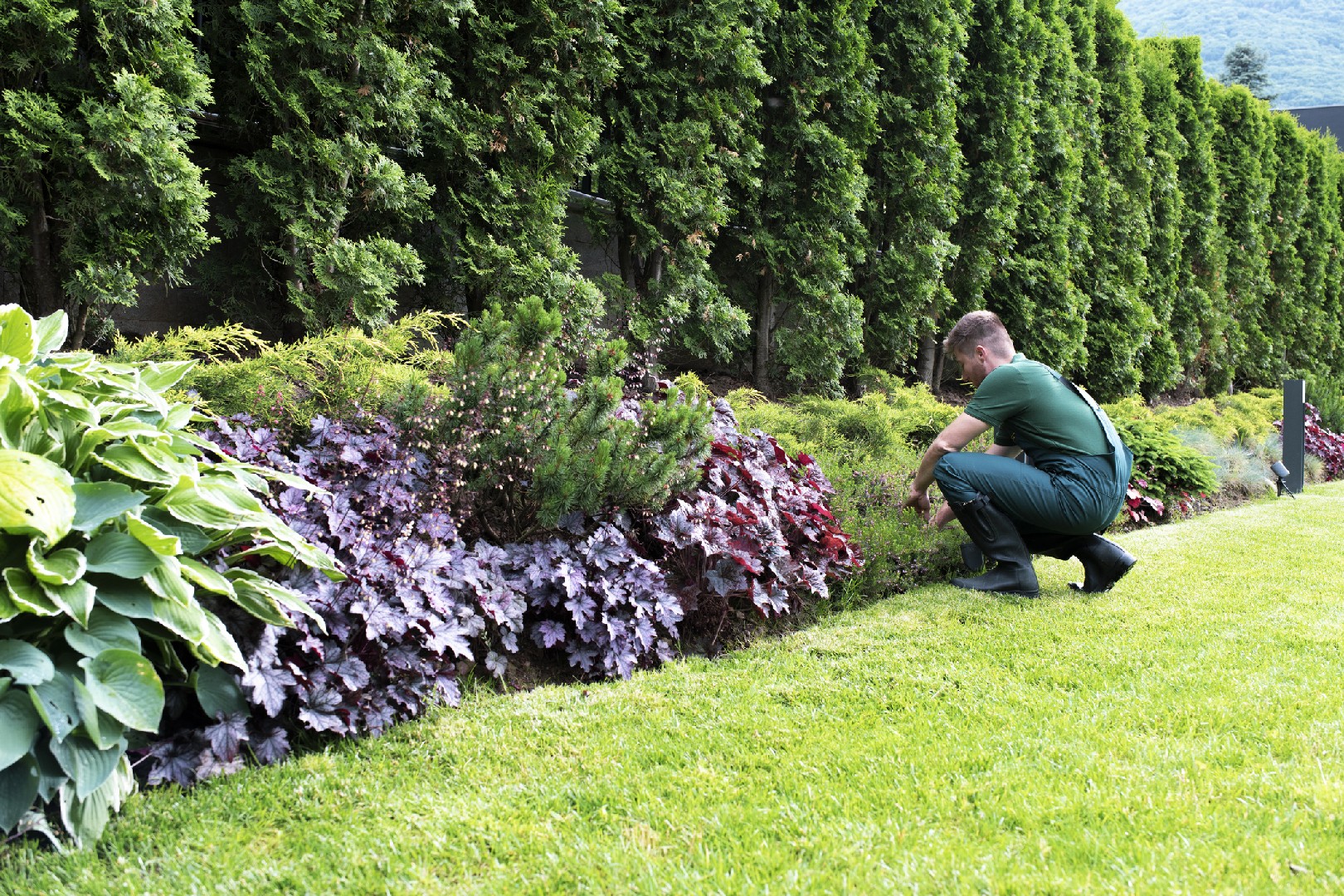![Rectangle]()
Understanding the Basics: What is Landscape Maintenance Planning?
Landscape maintenance planning is a fundamental aspect of creating and maintaining beautiful and healthy green spaces. It involves developing a systematic approach to ensure the long-term health and sustainability of landscapes, while also considering the aesthetic appeal and functionality. This article will delve into the importance of landscape maintenance planning, its integration with landscape design, and how to strike a balance between visual appeal and practical care in a successful maintenance plan.
At its core, landscape maintenance planning is about preserving and enhancing the beauty of outdoor spaces. It goes beyond simply mowing lawns or trimming shrubs; it involves a proactive strategy to manage a wide range of elements within a landscape, such as plants, trees, irrigation systems, hardscapes, and more. By carefully planning and executing maintenance tasks, property owners or landscape professionals can ensure the longevity and vitality of these spaces.
To create an effective landscape maintenance plan, it is crucial to understand how it integrates with landscape design. While design focuses on the initial vision and arrangement of elements, maintenance planning considers the long-term care and preservation of those elements. A well-designed landscape can lose its appeal over time without proper maintenance, making maintenance planning an essential component of overall landscape management.
One key aspect to consider in landscape maintenance planning is the balance between aesthetic appeal and practical care. While the visual beauty of a landscape is important, it should not come at the expense of neglecting crucial maintenance tasks. To strike this balance effectively, it is essential to have a deep knowledge of plants, soil types, irrigation systems, and other relevant factors.
One practical skill that is pertinent to landscape maintenance planning is an understanding of plant health care. This involves knowledge of plant diseases, pests, and nutrient requirements. By being aware of common issues and implementing preventive measures, property owners can ensure the health and vitality of plants.
Another method to incorporate in landscape maintenance planning is regular inspection and maintenance of irrigation systems. Proper irrigation is crucial for maintaining healthy plants, and a well-designed irrigation system can significantly reduce water waste. Understanding how to adjust sprinkler heads, detect leaks, and schedule watering times efficiently are all valuable skills for landscape maintenance planning.
In conclusion, landscape maintenance planning plays a crucial role in ensuring the long-term beauty and health of green spaces. By understanding the fundamentals of maintenance planning, integrating it with landscape design, and finding a balance between aesthetics and practical care, property owners or landscape professionals can create and maintain stunning outdoor environments. With the practical skills and knowledge mentioned above, readers can embark on their own landscape maintenance planning journey and enjoy the benefits of well-cared-for landscapes for years to come.





